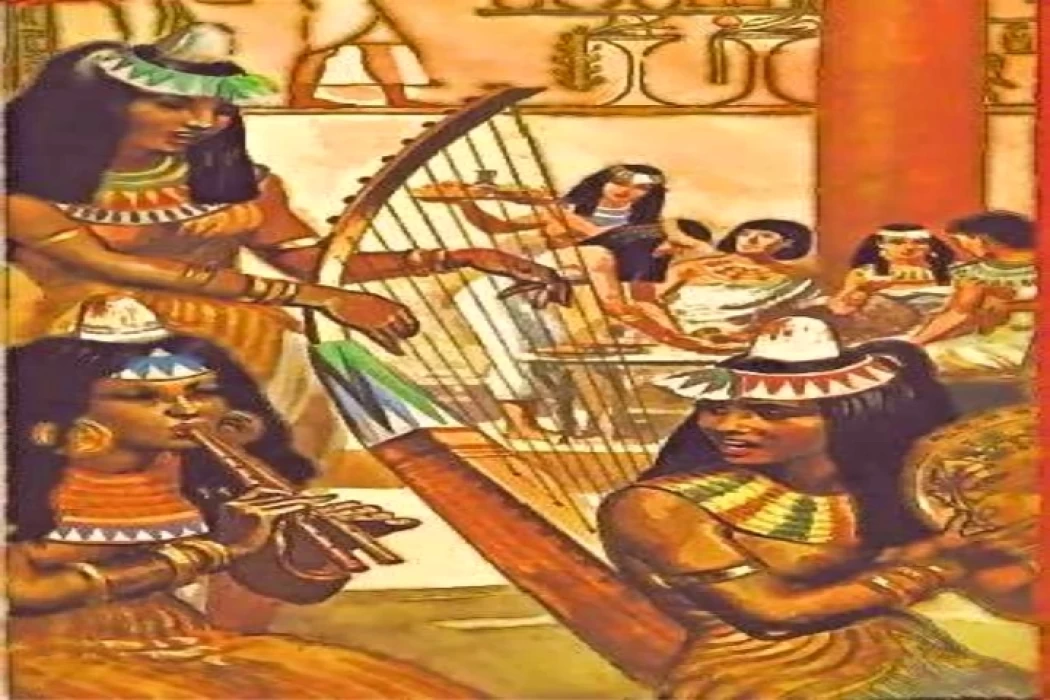
The Ancient Egyptian Music
Music and singing in Ancient Egypt The ancient Egyptians excelled in various aspects of life from agriculture, industry, engineering, medicine, etc., the violin excelled in music and created an art that distinguished him among nations with its distinctive melodies and its special character.
The ancient Egyptians knew the mezika in the Pharaonic era at a very early time, and it is clear from the inscriptions and images engraved on the walls of the tombs of the Kings of the Old Kingdom. It was used in various aspects of life, although the most common was religious use (in temples) and funerary in the funeral and funeral ceremonies of the deceased. But the violin was used in his daily life for entertainment and drumming, and playing on the heads of agricultural guitars with instruments that still exist today, such as the flute, for example, and perhaps with melodies close to the sad melodies that the flute plays in our time. It was accompanied by dancing, singing, and instruments with many different types (string/wind / rhythmic) to collect the mourners entertain them on happy occasions, and give them a kind of joy and pleasure.
The ancient state
In the era of the Old Kingdom, inscriptions indicate the prevalence of hand signals for singing among singers, which we do not know until the present time, and it was at the beginning of the Fifth Dynasty.
Also, ancient inscriptions appeared on the walls of tombs bearing the names of some musicians and singers who used to hold parties and nights in the Pharaoh's Palace, and, of course, it indicates their high status in the palace, and they sang religious hymns, the songs were sung in the atmosphere of temples in religious and funeral prayers, and the singing accompanying the dance spread in religious and worldly occasions in various royal occasions, the atmosphere of the court and in the social life of the people.
The mazika band consisted of a flute player, a guitar player, a harp player, and a player of a rhythmic instrument or more like a tambourine, drum, or (shakhlila), and they knew the violin maestro or leader of the mazika band, and his task was not limited to leading the band, but not the violin, singing, motivating the band and adjusting its rhythm and movement.
Discoveries from the era of the Old Kingdom indicate that the ancient mezika had a special primitive ladder, and it consisted of 5 degrees and was devoid of half-tones (the tonal text), and it confirms the number of grooves in the ancient flute or the number of chords in the harp and others, but in the era of the New Kingdom, due to the openness of the ancient Egyptian to the cultures of the second nations, such as the Phoenicians, Hittites and the Sea Peoples in Cyprus and Crete, the mezika ladder developed and increased to two degrees, reaching seven degrees to known to this day, the violin has been augmented by additional movements in the form of semitones and is found in the instruments discovered in the era of the New Kingdom and the second epochs.
Melodies of the Egyptian Coptic Church
The Coptic language was the key that helped Champollion decipher the ancient Egyptian language was the violin of the melodies of the Egyptian Coptic Church, come on, which preserved the ancient Egyptian melodies, their meanings, and degrees of music, and so he studied the science of the French campaign in their interesting book (description of Egypt) mixing Coptic hymns in churches and monasteries spread throughout Egypt. Although the melodies are limited to religious music in churches, many melodies have a cheerful, sad, or funerary character, and archaeologists believe that the melodies of churches, most of them were ancient melodies reused in the formulation of hymns. When they studied the maqams of singing (entrances) in the Coptic church, they found ten maqams, with the hymn containing at most one or two compound maqams, and although the ancient Egyptians still reached the notation of music (notation), synagogues and monasteries played a role in preserving melodies to our time until the Maqam notation entered in the form of a Maqam note in modern times.
Greco-Roman period
In the Greco-Roman era, the areas where the Hellenistic (Greek) culture was widespread were influenced by the Greek mazika, but the Delta and Upper Egypt preferred far away from the exotic mazika and retained its ancient image, which was preserved to us by the church melodies in their diverse form, in which the difference between the North and the South is clear, and it is somewhat obvious in some melodies the etrib melody is a reference to the town of etrib, which was on the upper level near Akhmim at the time . The separation that took place in the Coptic Church from the Eastern Orthodox Church (Rome) played a major role in preserving the authenticity of church melodies from the influence of Western music, so Egypt emerged from a Roman occupation that exceeded six centuries, retaining its ancient identity, language, music and Customs in a large proportion compared to many other peoples. And if the current information is that the mezika is of Greek origin, then recent discoveries have come to confirm that the ancient Egyptians knew the mezika many centuries before the European peoples knew it.
Latest Articles
Admin
Regin of Abbas I of Egypt | Abbas Pasha I
Abbas has been often described as a mere voluptuary, but Nubar Pasha spoke of him as a true gentleman of the "old school". He was seen as reactionary, morose and taciturn, and spent nearly all his time in his palace. He undid, as far as lay in his power, the works of his grandfather, both good and bad.
Admin
Story of Gabal Shayeb Al Banat - Red Sea Mountain
Jabal shayb al-banat is one of the Red Sea Mountains in the eastern desert in Egypt, located to the west of the city of Hurghada at a latitude of 27 degrees north and a longitude of 33.5 degrees east of the Greenwich line approximately, this mountain is the highest mountain peak in the eastern desert with a height of up to 2185 meters, it is a prominent mass of igneous rocks
Admin
Neper God Of Grain
Neper was the deity of grains, particularly cereals that were important in Ancient Egypt, such as wheat and barley. It was stated that he foretold when the crops would grow, be harvested, and disappear.
Admin
Badr Museum in Farafra
The Badr Museum is located in a mud building, which is the common home found in this medieval part of Egypt. All of the artwork that was created by the artist is quite unique. His work almost always depicts life in the Farafra Oasis and he provides the work through both painting and sculpting.
Admin
Djoser
Djoser was an ancient Egyptian pharaoh of the 3rd Dynasty during the Old Kingdom and was the founder of that epoch. He is also known by his Hellenized names Tosorthros (from Manetho) and Sesorthos (from Eusebius). He was the son of King Khasekhemwy and Queen Nimaathap, but whether he was also the direct successor to their throne is unclear. Most Ramesside king lists identify a king named Nebka as preceding him, but there are difficulties in connecting that name with contemporary Horus names, so some Egyptologists question the received throne sequence. Djoser is known for his step pyramid, which is the earliest colossal stone building in ancient Egypt
Admin
Kom Al Dikka Alexandria
Kom El Deka, also known as Kom el-Dikka, is a neighborhood and archaeological site in Alexandria, Egypt. Early Kom El-Dikka was a well-off residential area, and later it was a major civic center in Alexandria, with a bath complex (thermae), auditoria (lecture halls), and a theatre.
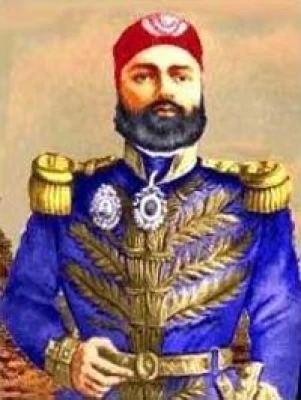
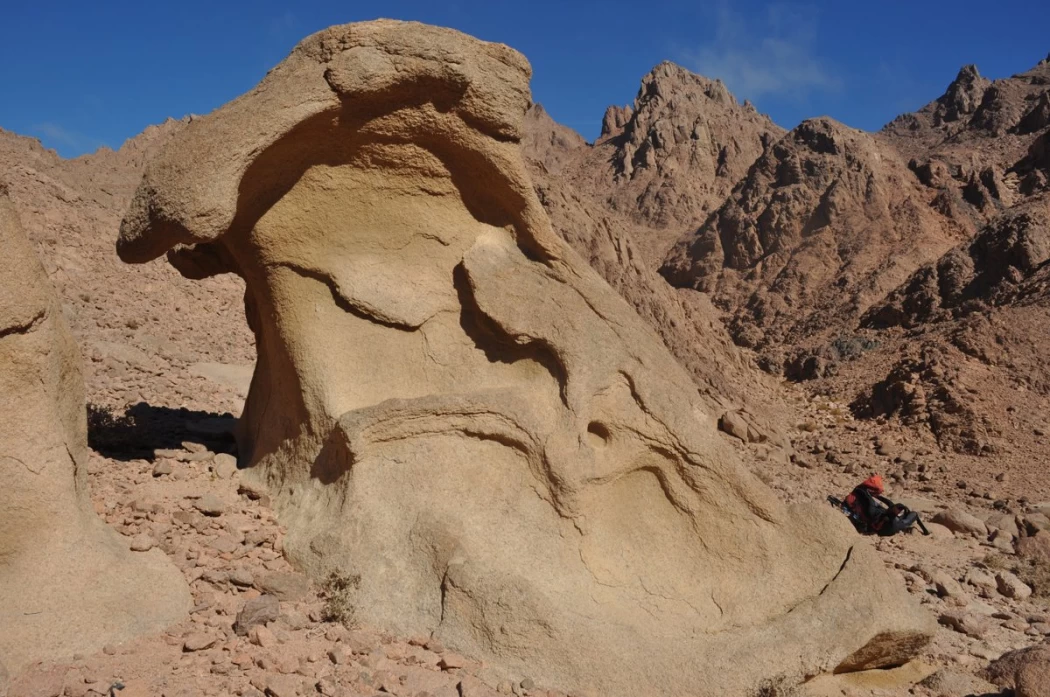
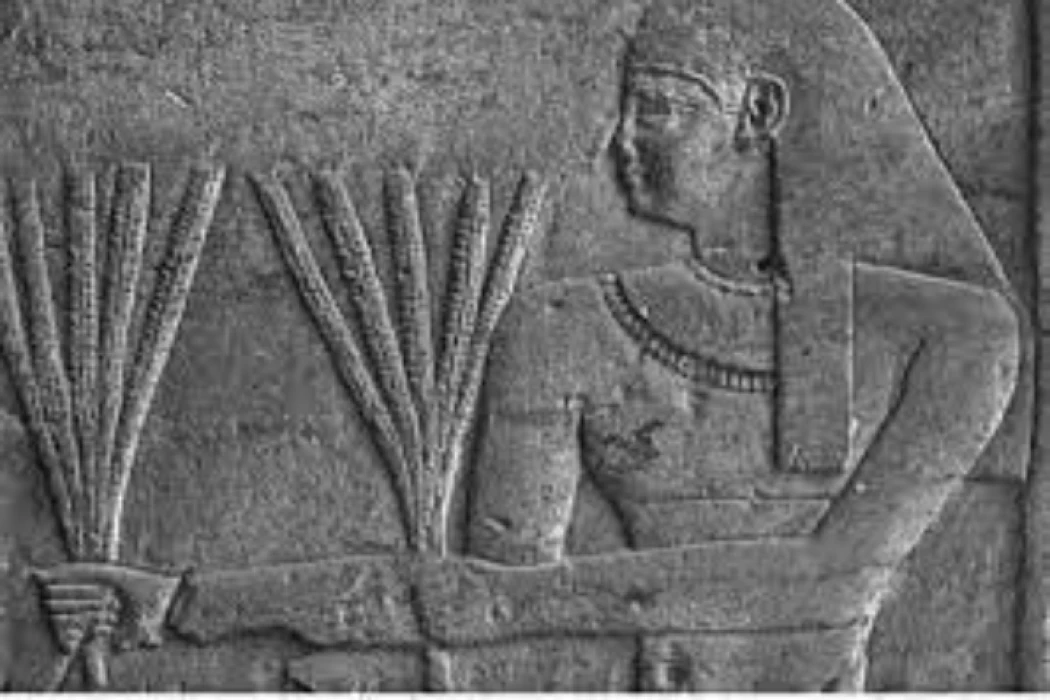
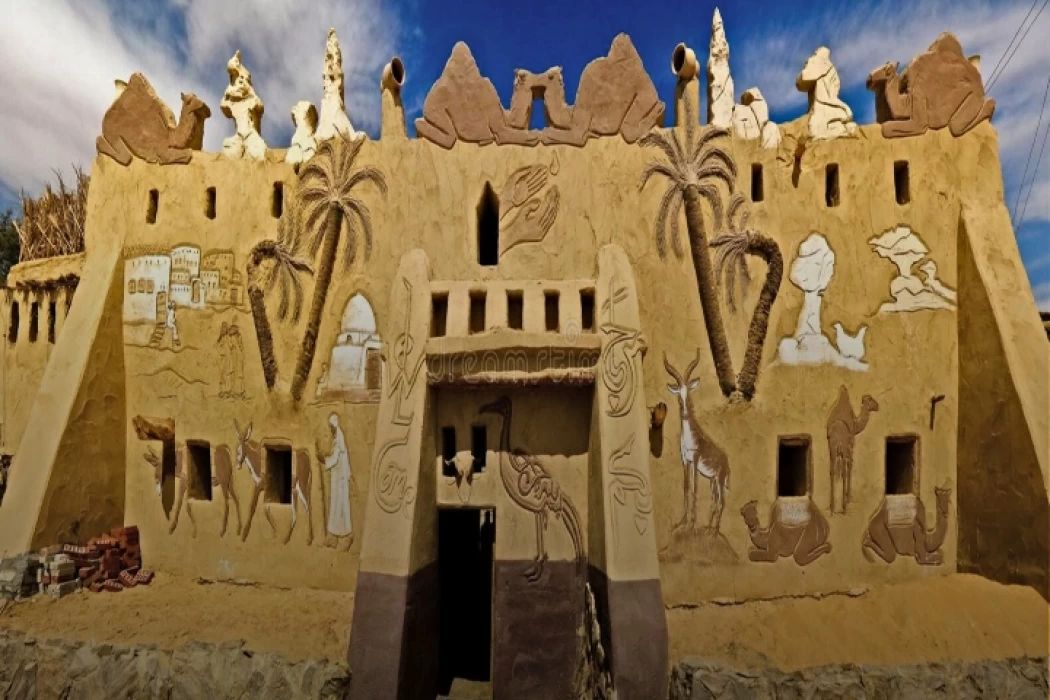

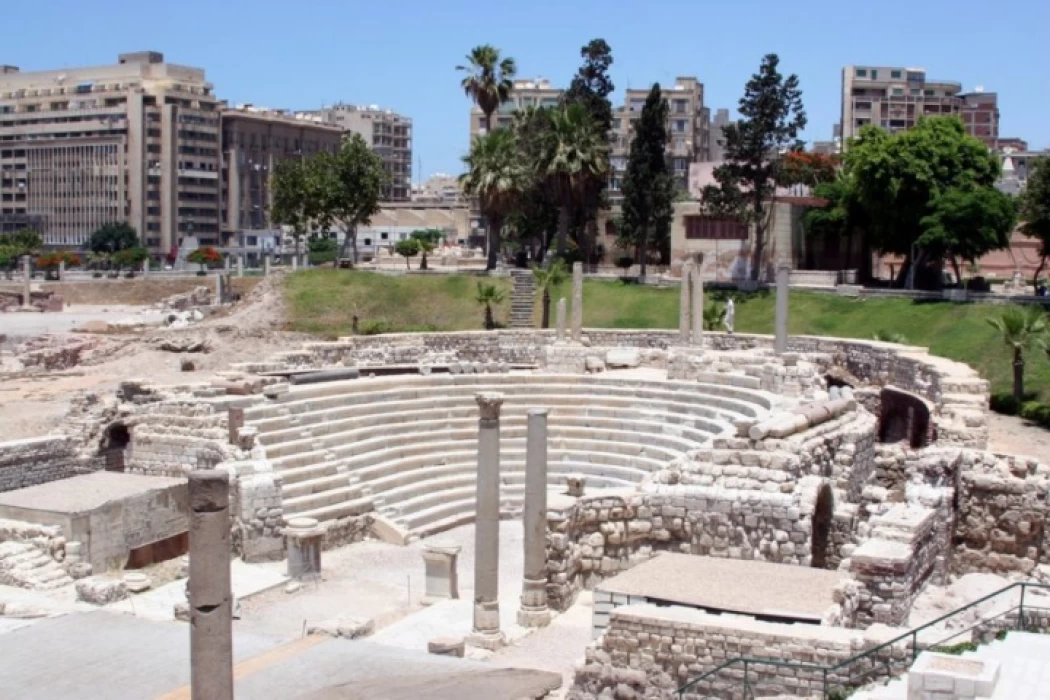
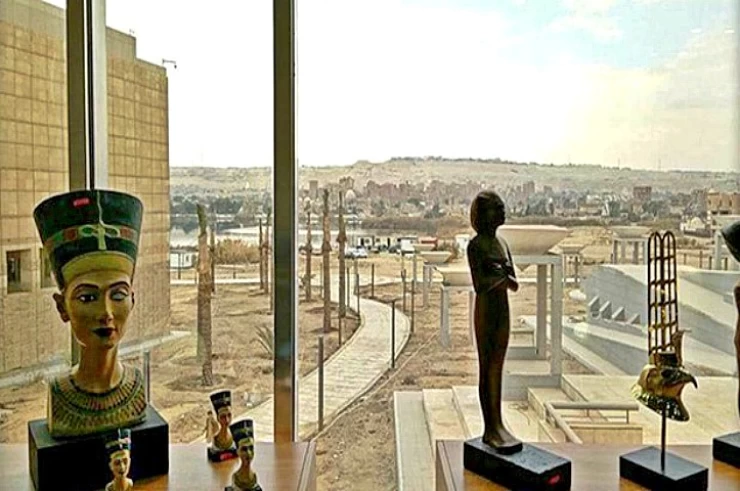
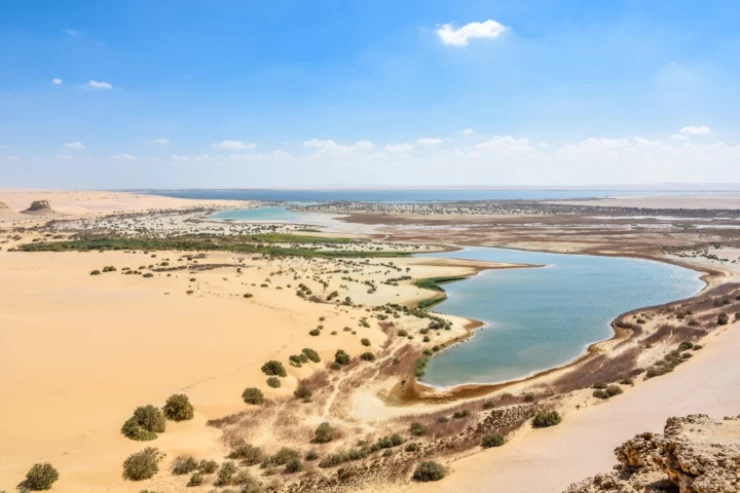
-webp.webp)







